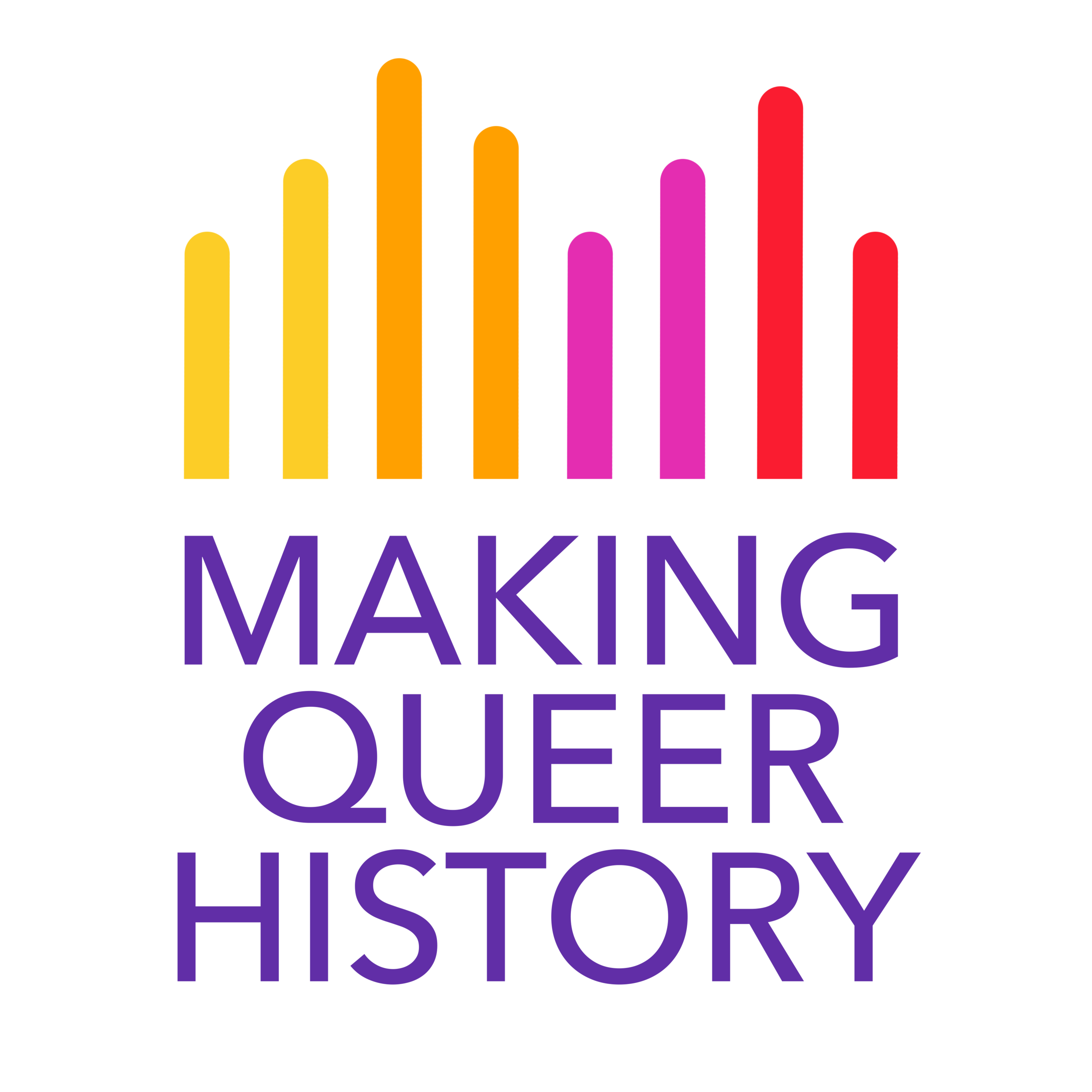In the 2019 documentary film Halston, filmmaker Frédéric Tcheng questions Halston’s former illustrator and confidant Joe Eula about the nature of the fashion designer’s relationship with his lover, Victor Hugo. Tcheng asks, “Why did Halston put up with Victor?” to which Eula replies, “Because he was in love with him.” Tcheng then presses further, asking: “When did it fall apart?” and Eula, without skipping a beat, retorts, “The day they met.” Victor Hugo was born Victor Rojas in Caracas, Venezuela during a coup d'état that took place on November 24th, 1948, when Carlos Delgado Chalbaud, Marcos Pérez Jiménez and Luis Felipe Llovera Páez overthrew the elected president, Rómulo Gallegos. Not much else is documented surrounding Rojas’ early life in Venezuela, but sometime in the early 1970s, he and his mother emigrated to the United States, landing in New York City.
Making Queer History has a vague title because it has a rather vague purpose. We are not alone in our aim to tell the queer community’s history. What defines us is our focus not only on the past, but toward the future.

